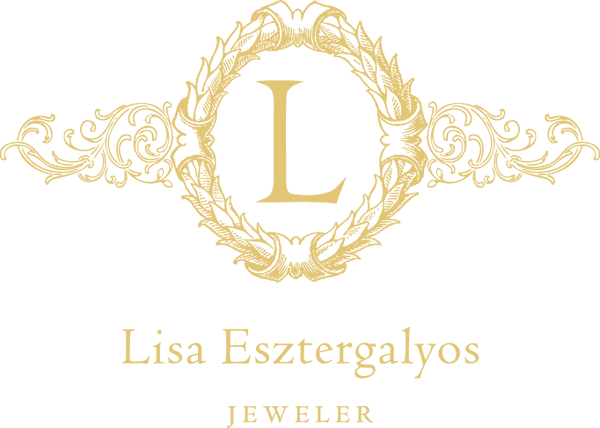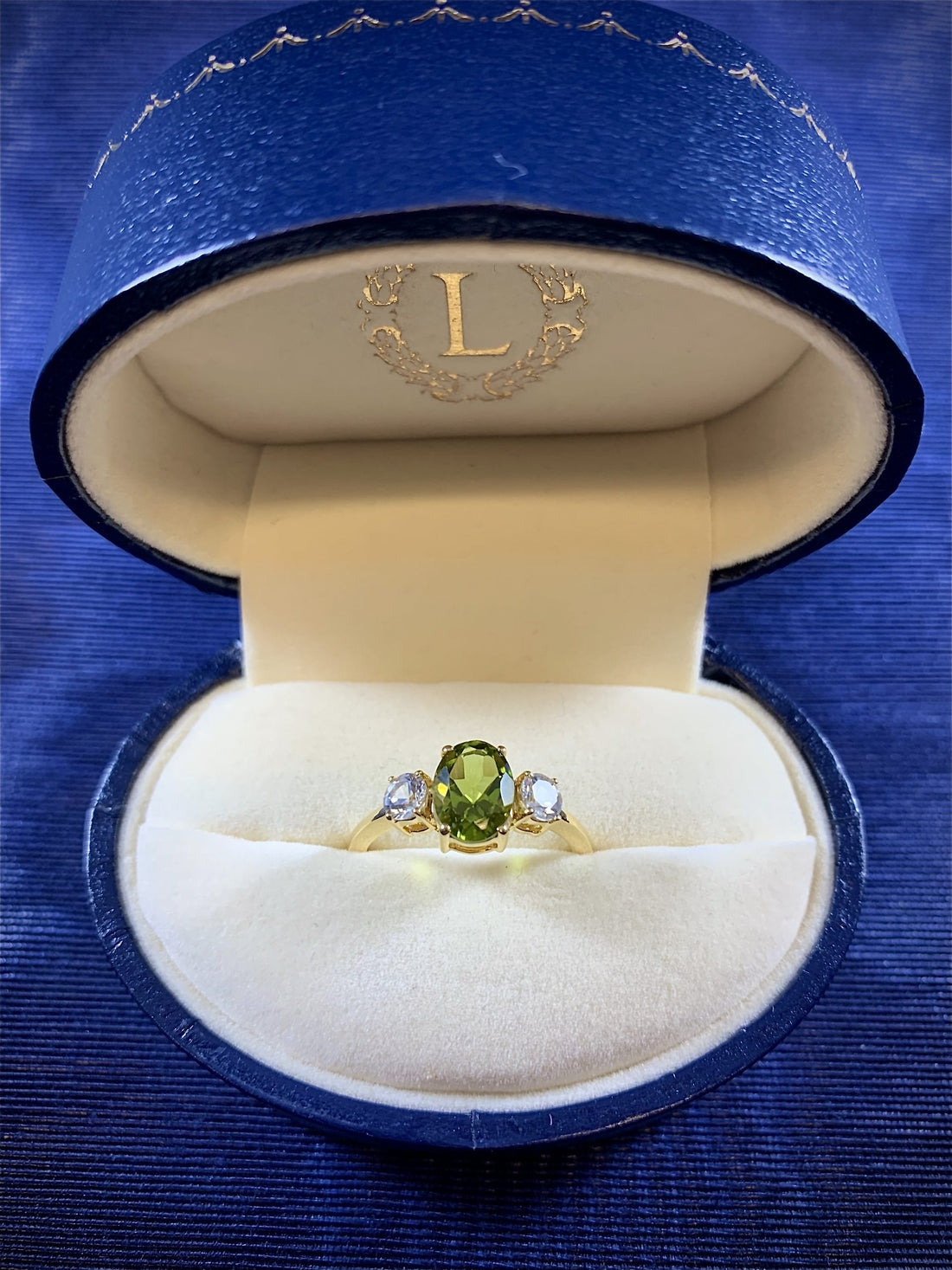August is another month that now features 3 different birthstones: Peridot, Sardonyx, and the recently added Spinel. All three have interesting histories!

PERIDOT:
Peridot is the most widely popular birthstone for August and was known to the Egyptians as “the gem of the sun”, mined in the second millennium BC on the island of “Topazios” in the Red Sea. Peridot was first recorded in Hawaiian creation myths and referred to as the “tears of Madame Pele”, the goddess of volcanoes and creator of the Hawaiian Islands.
Peridot is named for the Arabic word “faridat” which means “gem”, and has been found in meteorites and comet dust! This gemstone has been believed to protect the wearer from evil spirits if the gemstone was pierced, strung on the hair of a donkey, and worn on the left arm. It has also been known to rid the wearer of negativity and to be an aide in friendship. Peridots are primarily sourced from the San Carlos Apache Indian Reservation in Arizona, as well as being found in Hawaii, Myanmar, Pakistan, Madagascar, Germany, and other places.
It is a fairly durable gemstone that can be worn safely in earrings and pendants without worry. If worn in rings, the wearer should exercise a bit more caution as Peridot rates a 6.5-7 on the Mohs hardness scale. Peridots should never be put in an ultrasonic cleaner or cleaned with a steamer–using mild soap and water with a soft brush is best. My favorite thing about Peridots (other than the fact that it is my daughter’s birthstone) is their “lily pad” inclusions that you can see under magnification.
SARDONYX:
Sardonyx is a form of microcrystalline quartz and is commonly seen as a banded agate with parallel, layered bands of reddish-brown and white. Popular for centuries, examples of Sardonyx jewelry have been found dating back to Egypt’s Second Dynasty more than 4,000 years ago. One of the most popular uses for Sardonyx is in the carving of cameos, some of which have been traced back as far as the Greek and Roman Empires. The reddish-brown layer would often be the background, and the white layer would be intricately carved with figures.
Greek and Roman warriors would wear Sardonyx cameos depicting Mars and Hercules, believing the images would grant them courage and protection in battle. Sardonyx was also used widely in signet rings with carved emblems and used to imprint wax seals on official documents, as wax does not stick to it. The best source for fine Sardonyx is India, where the Sardonyx shows the sharpest contrasts between the layers. Measuring a 6.5 on the Mohs hardness scale, it can be safely worn in pendants, brooches, and earrings on a daily basis. As with Peridots, I would use caution in wearing a Sardonyx ring on a daily basis, and I would clean them in the same way as Peridots.
SPINEL:
Spinel is a relatively new birthstone for August, joining Peridot and Sardonyx in 2016. However, Spinel has been a well-known gemstone since the 11th Century. Coming in a vast array of colors such as red, orange, hot-pink, cobalt blue, and violet, they have a history of being mistaken (or substituted) for Rubies and Sapphires. However, unlike Rubies and Sapphires, Spinels are generally all-natural, not enhanced, and often flawless. It is a favorite with gem dealers and collectors. It is also one of the few gemstones that have a blue color that is natural.
Some of the world’s most widely known historical Rubies have actually turned out to be Spinels, such as the “Black Prince’s Ruby” and the “Timur Ruby” in England’s Crown Jewels. Perhaps when these items were being made, there wasn’t as much of a concern as to whether or not it was a Ruby or a Spinel as long as it was “red”. In fact, Rubies hadn’t become valuable until the 18th Century and many English monarchs had prized Spinel gemstones in their collections. To add a Spinel to your jewelry collection, I would look for one that has an intense hue–something neither too light nor too dark. Spinel measures an 8 on the Mohs hardness scale, so it is perfect for everyday wear in rings as well as other jewelry.
Spinel is mined in Tanzania, Burma, Sri Lanka, and Tajikistan and the supply is limited. It has a beautiful sparkle and many colors to choose from and can be easily cleaned in an ultrasonic cleaner.
Interested in more August birthstone inspiration? Check out my recent Pinterest board by clicking the image below!





